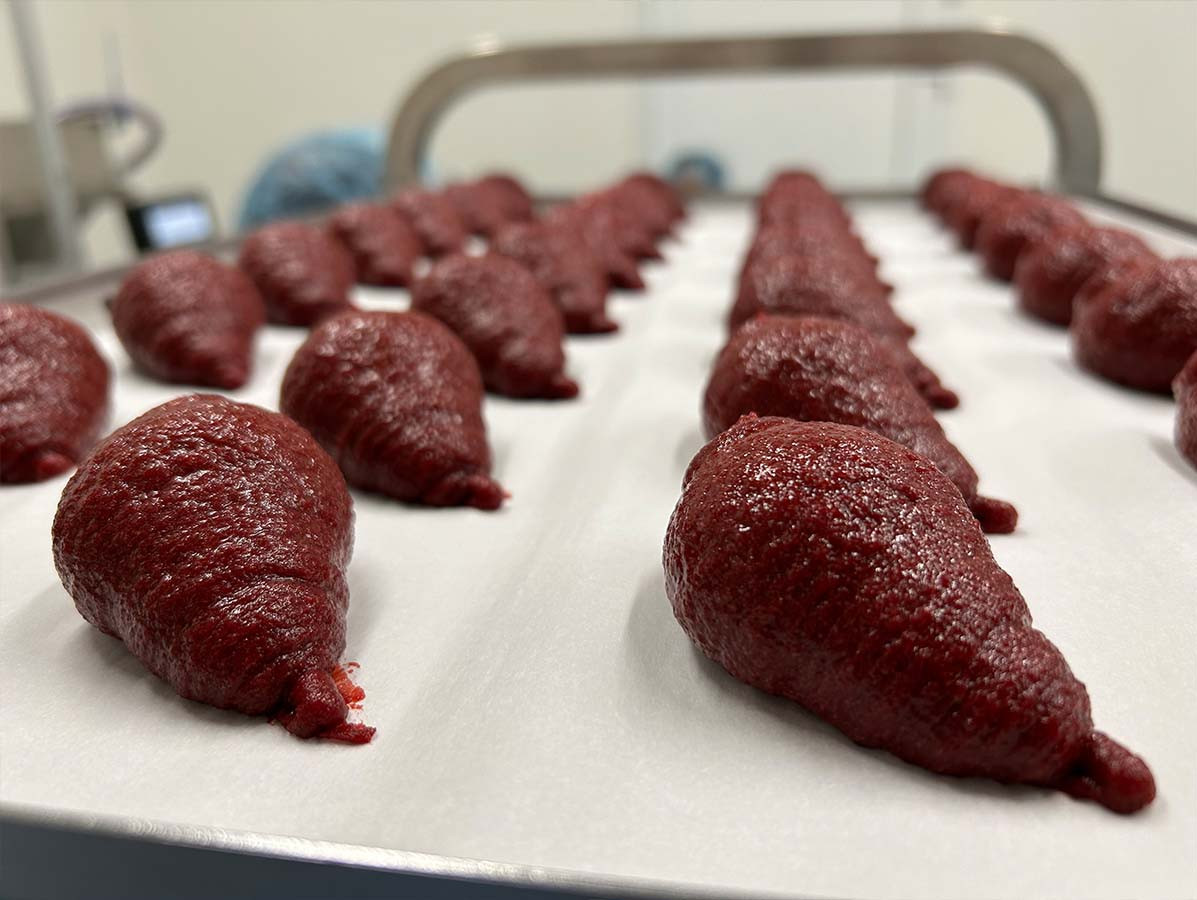
Two hospitals in Brabant have taken a groundbreaking step in healthcare. Maxima Medical Center in Veldhoven and the Elisabeth-TweeSteden Hospital are now offering 3D printed food to specific patient groups. This initiative, provided by Budelfood, focuses primarily on patients with swallowing difficulties.
Following successful trial periods, 3D printed vegetables are now being offered that match the shape, texture, and taste of fresh vegetables. This innovation makes it easier for patients with chewing and swallowing problems to consume nutritious meals. The vegetables, such as broccoli, cauliflower, and beets, are first steamed and pureed. Flavorings, natural colorings, and binders are then added. The printing process uses extrusion technology on a silicone surface, after which the meals are frozen.
Peter Nieuwkerk, founder and CEO of Gastronology, has developed the first industrial 3D food printer. Since the end of April, Budelfood in Poortvliet (Zeeland) has been producing 700 kilos of vegetables daily. The range, sold under the brand name Dysphalicous, includes items such as carrot, cauliflower, and sweet potato. Gastronology is working on expanding recipes to include meat and fish options.
Gastronology aims to make the technology and recipes available to contract manufacturers in Europe. Budelfood serves as the first example of this initiative. According to Peter Nieuwkerk, it is about the right combination of technology, recipes, and knowledge. This new approach to food production can make a significant difference in the care for patients with dietary challenges.
Source: 3D print magazine